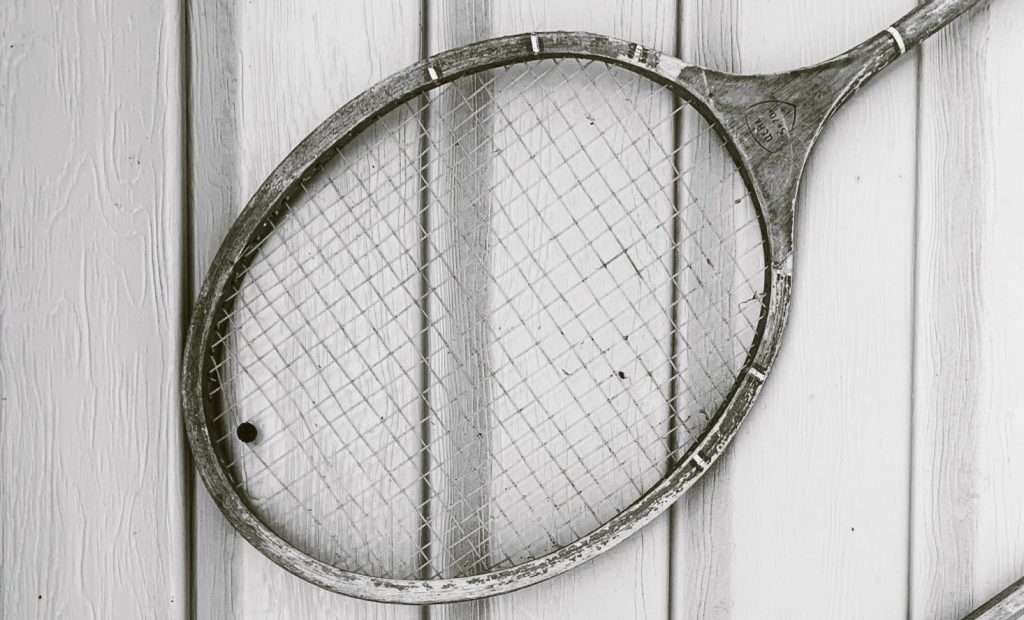Enhance The Power: Badminton’s String Technology
Badminton strings are very essential on rackets because they affect shutter speed and control. Even much of the power of the shot comes from string. Numerous designs and hundreds of string models are available.
Confusing manufacturers’ claims in these sports, is made possible by a wide array of composite badminton string technology. Each depends on special high-tech materials like Zyex, Kevlar, and Vectran. Due to the excessively thin strings, this composite technology is impractical for rackets. Let’s discuss string technology in badminton in more detail below.
Table of Contents
Badminton String Technology:
ZyWaVe technology from Ashaway produces thin, player-friendly strings. For explosive repulsion and remarkable durability, it has outstanding elasticity and dynamic stiffness.
A badminton string has three basic components: a core, a jacket, and an outer covering. With only three variables, it’s not difficult to understand string design choices and how they affect the racket’s longevity and performance. Though higher tension provides extra power, your string will break early.
Moreover, though easier to pull on the shoulders and wrists, a lower tension gives less control. Higher tension gives more power but increases the risk of string breakage. Let’s Discuss below about badminton string type properly knowing the new invention of string technologies.
Badminton String Type:
There are many strings available on the market with different features depending on players’ preferences. This guide aims to help you decide which strings to use.
Synthetic Fiber:
Synthetic string has grown in popularity and potential, thanks to a diverse range of materials, construction types, and gauges. Like nylon, synthetic fibers are produced chemically rather than by harvesting them from plants or animals.
A replacement for silk was first invented by Wallace Carothers in the 1930s. Nylon is a highly lustrous fabric that is easy to care for with brilliant wearability; May still melt if exposed to direct heat.
Badminton strings made from recycled nylon are becoming more widely used. The demand for stronger and more responsive badminton strings is increasing. Manufacturers like Ashaway started making thin planned strings in the 60s and 70s for pro and recreational players.
Multifilament
Multiple fiber strands are used to create the entire string in multifilament strings, as the name implies. Many popular badminton strings worldwide use this material because it provides more power and repulsion when hitting the shuttlecock.
The multifilament string is available in various gauges to meet your durability requirements or desired topspin effect. Nonetheless, multifilament strings are created by braiding nylon thread strands together by racket string manufacturers.
Hybrid
Hybrid badminton strings are among the most recent advancements in badminton string technology. To increase racket performance manufacturers combine two types of strings. For best results, these strings typically use monofilament as the main string and a multifilament cross string.
And Gives players access to all the advantages possible without breaking tension as often with monofilament strings.
Hybrid strings can also help reduce tension breakage or damage, which is common with monofilament strings.
There are several hybrid string options available. From various options, finding the best one will depend on your playing style and your preferences.
Natural Gut:
Natural gut string is the natural string that comes from natural ingredients like sheep or beef intestines. But day by day synthetic materials become part of badminton industries. Additionally, instead of using wooden frames made of sheep or beef intestines, players use strings made of synthetic material. Unfortunately, many badminton players don’t like to use natural gut strings nowadays.
Adversely, it still plays an integral part in their racket performance. Some players seem to believe that the natural gut can help maximize racket performance; Nonetheless, this type of string tends to break more frequently.
Besides, making these strings is time-consuming and expensive, which is more costly than synthetic. Every year, 400,000 cow intestines are used by a Babolat factory to make finished strings—a process that takes about four weeks!
Final Word:
People of all ages can play badminton because it’s an enjoyable sport. But amazing badminton string technology provides different types of string. From our guide, we hope you can choose what string will be perfect for you.

